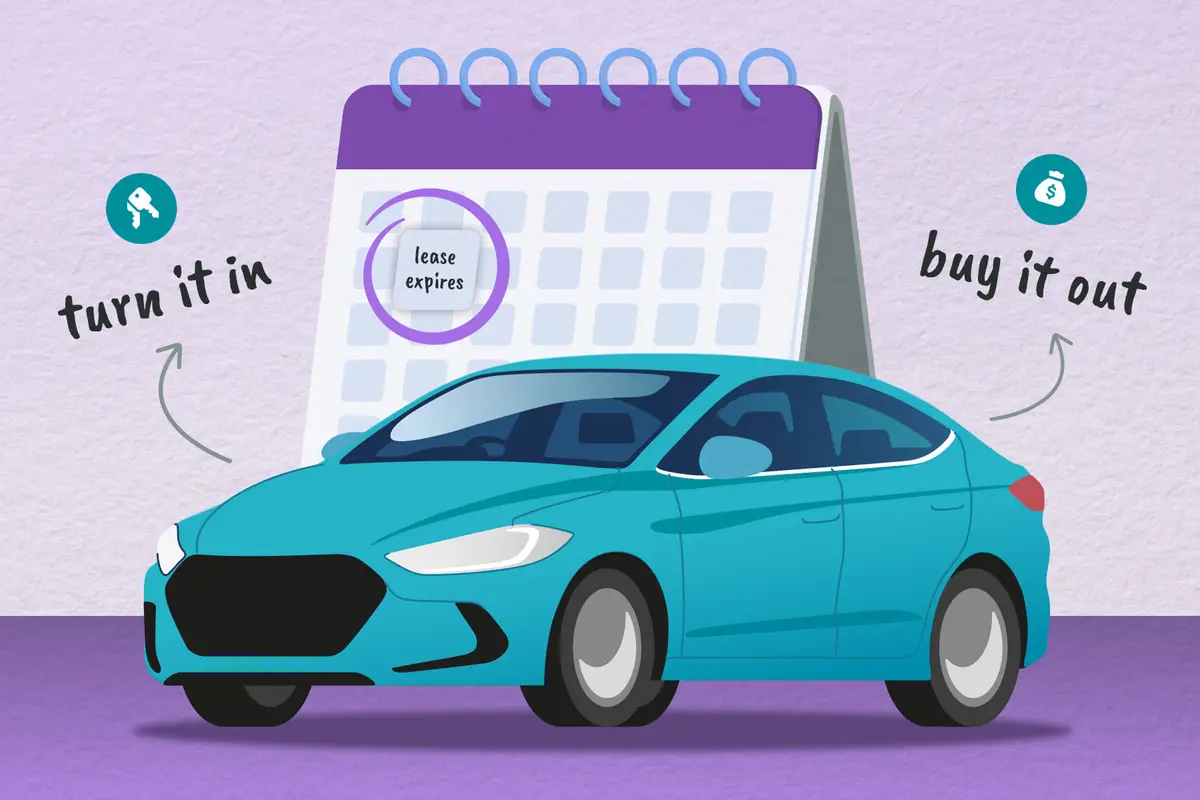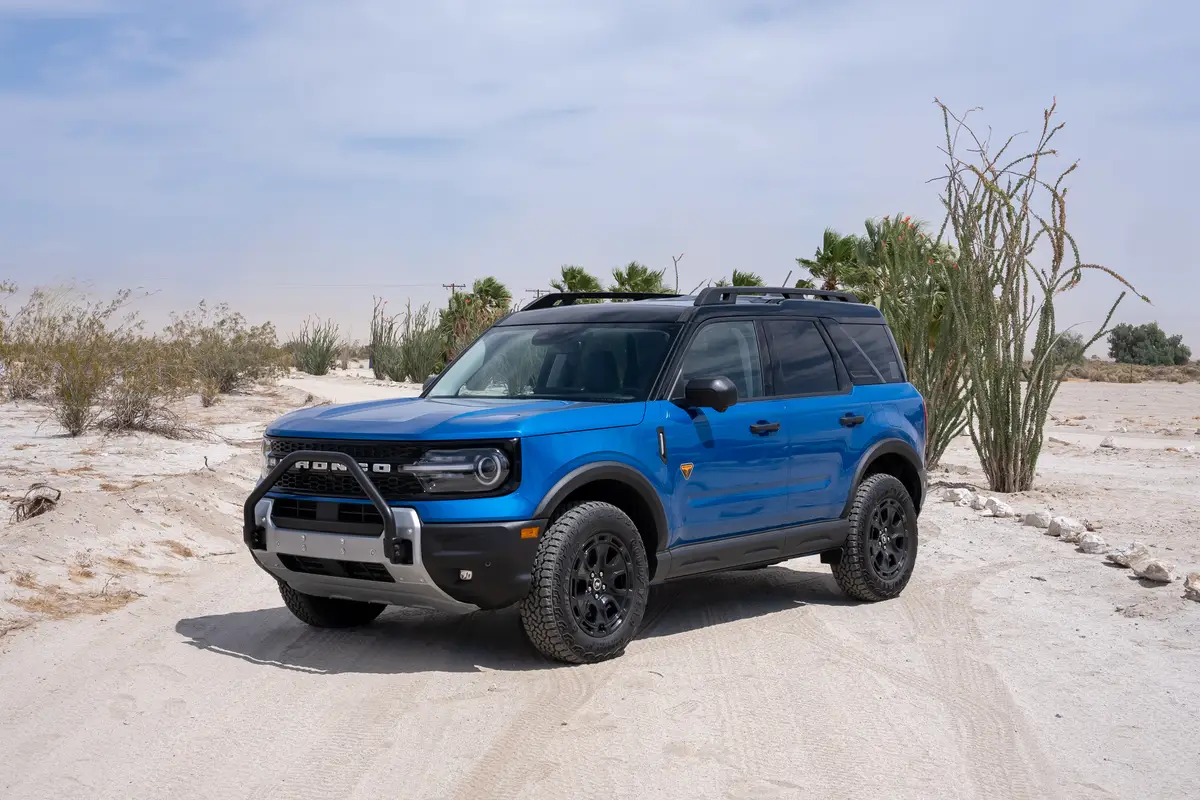How Do Car Seats Fit in a 2018 Mazda CX-5?

Editor’s note: This Car Seat Check was written in May 2017 about the 2017 Mazda CX-5. Little of substance has changed with this year’s model. To see what’s new for 2018, click here, or check out a side-by-side comparison of the two model years.
Mazda’s compact SUV always has been among the most fun-to-drive in the class, and a redesign for 2017 makes the CX-5 even more likable, with a more upscale interior and additional tech and safety features. What parents won’t like, however, is front passenger legroom once a rear-facing infant seat is installed — space is tight.
How many car seats fit in the second row? Two
Related: More Car Seat Checks
Solid
- Latch, grade A: The two sets of lower anchors sit in slits in the upholstery. Access and connection is easy.
- Forward-facing convertible, grade A: The install was easy, and the seat fit well after removing the head restraint. The three top tether anchors are clearly marked and easy to use. The middle anchor is near the top of the seatback; the outboard ones are midway down.
So-So
- Infant, grade C: The install was easy, but we had to move the front passenger seat forward. Our 5-foot 6-inch tester’s knees were hitting the glove box.
- Rear-facing convertible, grade B: The install was easy, and we could move the front passenger seat back a little for more legroom.
- Booster, grade B: It fit well after removing the head restraint. The CX-5’s short buckle stalks sit flush with the seat bottom cushion. This makes it tough for small kids to buckle up independently.
Skip It
- None
Grading Scale
Solid indicates an A grade for optimum ease of use and fit. So-So indicates B or C grades for one to two ease-of-use or fit issues. Skip It indicates D or F grades.
A: Plenty of room for the car seat and the child; doesn’t impact driver or front-passenger legroom. Easy to find and connect to Latch and tether anchors. No fit issues involving head restraint or seat contouring. Easy access to the third row.
B: One room, fit or connection issue. Some problems accessing third row when available.
C: Marginal room plus one fit or connection issue. Difficult to access third row when available.
D: Insufficient room, plus multiple fit or connection issues.
F: Does not fit or is unsafe.
About Cars.com’s Car Seat Checks
Editors Jennifer Geiger, Jennifer Newman and Matt Schmitz are certified child safety seat installation technicians.
For the Car Seat Check, we use a Graco SnugRide Classic Connect 30 infant-safety seat, a Britax Marathon convertible seat and Graco TurboBooster seat. The front seats are adjusted for a 6-foot driver and a shorter passenger. The three child seats are installed in the second row. The booster seat sits behind the driver’s seat, and the infant and convertible seats are installed behind the front passenger seat.
We also install the forward-facing convertible in the second row’s middle seat with the booster and infant seat in the outboard seats to see if three car seats will fit; a child sitting in the booster seat must be able to reach the seat belt buckle. If there’s a third row, we install the booster seat and a forward-facing convertible. Learn more about how we conduct our Car Seat Checks.
Parents should also remember that they can use the Latch system or a seat belt to install a car seat, and that Latch anchors have a weight limit of 65 pounds, including the weight of the child and the weight of the seat itself.
Cars.com’s Editorial department is your source for automotive news and reviews. In line with Cars.com’s long-standing ethics policy, editors and reviewers don’t accept gifts or free trips from automakers. The Editorial department is independent of Cars.com’s advertising, sales and sponsored content departments.

News Editor Jennifer Geiger joined the automotive industry in 2003, much to the delight of her Corvette-obsessed dad. Jennifer is an expert reviewer, certified car-seat technician and mom of three. She wears a lot of hats — many of them while driving a minivan.
Featured stories




